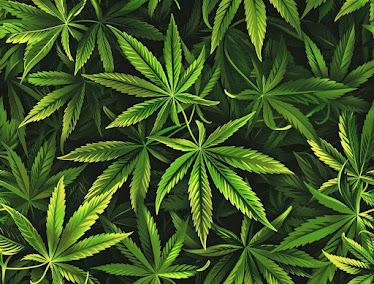Importance of Darkness in Night Terror Strain
Cannabis farmers are aware that darkness is just as crucial as light. When arranging your light deprivation schedule, you might not consider the principles of yin (darkness) and yang (light), but astute producers are aware of cannabis's dual requirements. It's crucial to strike a balance between darkness and light for a maximum bud harvest, especially with the Night Terror Strain, regardless of whether your greenhouse is located in the hotter climates of the Central Valley or the Pacific Northwest with its long summer days.
Why Does Darkness Matter So Much?
Cannabis is a photoperiodic plant that reacts to changes in light throughout the year. That indicates that flowering happens as the days get shorter, signaling the conclusion of the plant's life cycle and preparation for reproduction.
To pollinate female plants that are in bloom, male cannabis plants discharge pollen from their sacs. The plant can then create the following generation thanks to the seeds that are produced.
Cannabis still reacts to variations in light as a grown plant. Your light-to-dark ratio will vary slightly depending on the strain you're dealing with and your environmental requirements. To know when to terminate the vegetative phase and start your plants' flowering phase, if you're new to the strain, consult seasoned growers. To maximize your yield, that time is essential. Here are some further details.
How Much Is Nighttime Required?
Cannabis at its Vegetative Stage
Cannabis needs at least 13 hours of light each day when it is in the vegetative stage when it is developing quickly. In order to promote quicker development, indoor gardeners frequently adopt an 18/6 light to dark ratio. (Take note that most indoor gardeners allow their plants to vegetate for 4–8 weeks.)
The Cannabis Flowering Stage
When your cannabis plants are ready to blossom, a 12-hour cycle of light and a 12-hour cycle of darkness is typical. The darkness of nighttime keeps cannabis on a cyclical schedule. For this reason, indoor gardeners must deliberately make an attempt to mimic dark cycles in addition to long, bright days in order to encourage the development of huge, dense buds in cannabis.
Maintain Your Selected Schedule
Be consistent with your timetable if you choose to cover your plants at 7 p.m. and uncover them at 7 a.m. on the traditional 12/12 light-dep schedule. Some gardeners will decide to expose their plants at night once the sky is entirely black because this timetable demands appropriate ventilation.
Continuous Darkness
Many producers are unaware that cannabis needs a consistent dark cycle. Cannabis does not do well when any light interrupts it while it is in its dark "sleep" cycle, just as your sound REM sleep would be disturbed if a light turned on at two in the morning. Cannabis doesn't mind the moon or the stars, but any artificial light can prevent the growth of its buds.
In fact, cannabis can become so anxious and agitated from light disrupting its dark cycles that hermaphroditism may result. That can destroy your plants by pollinating the females.
Exists a Simple Way to Explain Light Deprivation?
It might take a lot of time and labor to cover and open your greenhouse on a regular schedule, day in and day out. Although pulling tarps requires a lot of labor, utilizing the appropriate equipment and supplies can make all the difference. You must give your cannabis plenty of consistent darkness in order to improve your harvest. A decent light deprivation cover and a tarp puller system will assist you in keeping to your light deprivation schedule.




Comments
Post a Comment